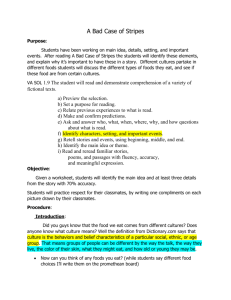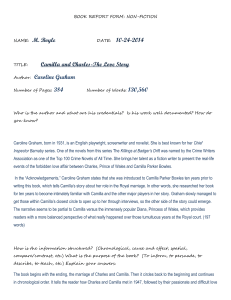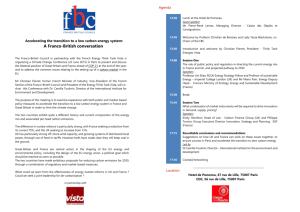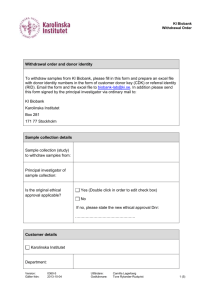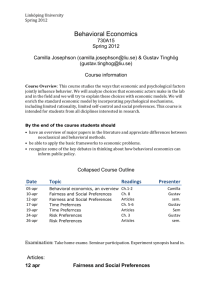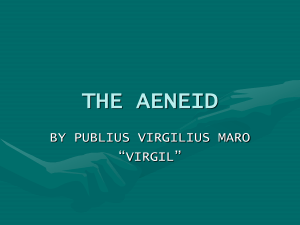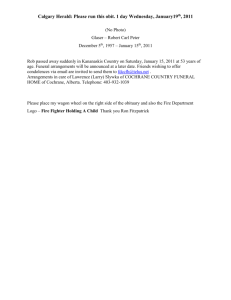Abstract
advertisement
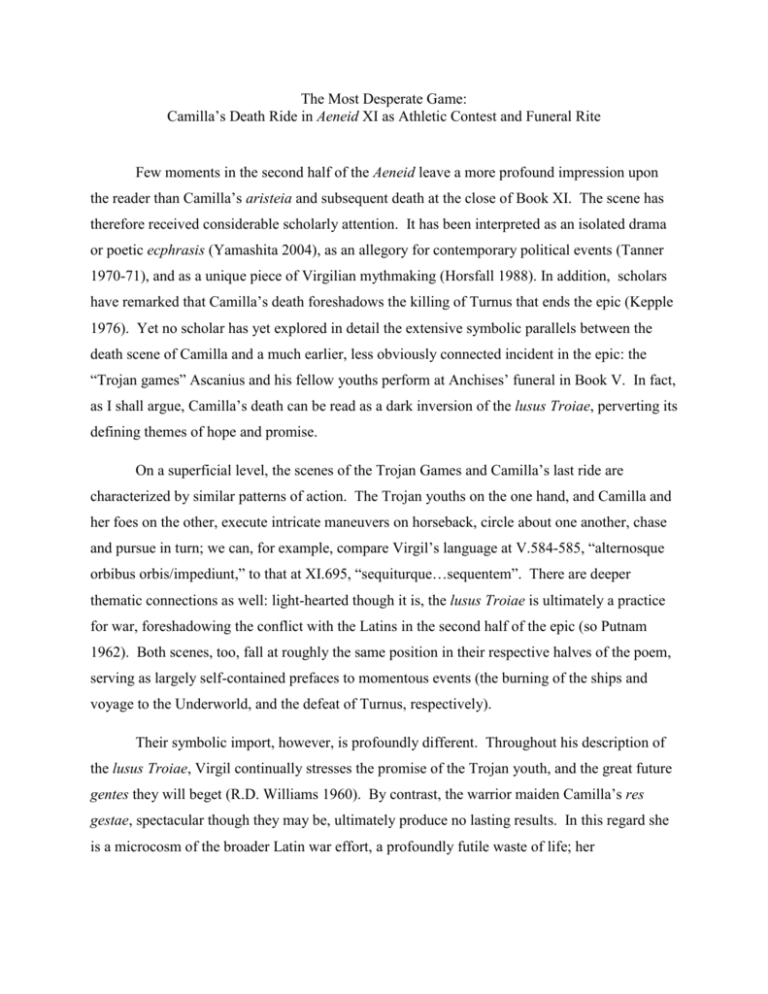
The Most Desperate Game: Camilla’s Death Ride in Aeneid XI as Athletic Contest and Funeral Rite Few moments in the second half of the Aeneid leave a more profound impression upon the reader than Camilla’s aristeia and subsequent death at the close of Book XI. The scene has therefore received considerable scholarly attention. It has been interpreted as an isolated drama or poetic ecphrasis (Yamashita 2004), as an allegory for contemporary political events (Tanner 1970-71), and as a unique piece of Virgilian mythmaking (Horsfall 1988). In addition, scholars have remarked that Camilla’s death foreshadows the killing of Turnus that ends the epic (Kepple 1976). Yet no scholar has yet explored in detail the extensive symbolic parallels between the death scene of Camilla and a much earlier, less obviously connected incident in the epic: the “Trojan games” Ascanius and his fellow youths perform at Anchises’ funeral in Book V. In fact, as I shall argue, Camilla’s death can be read as a dark inversion of the lusus Troiae, perverting its defining themes of hope and promise. On a superficial level, the scenes of the Trojan Games and Camilla’s last ride are characterized by similar patterns of action. The Trojan youths on the one hand, and Camilla and her foes on the other, execute intricate maneuvers on horseback, circle about one another, chase and pursue in turn; we can, for example, compare Virgil’s language at V.584-585, “alternosque orbibus orbis/impediunt,” to that at XI.695, “sequiturque…sequentem”. There are deeper thematic connections as well: light-hearted though it is, the lusus Troiae is ultimately a practice for war, foreshadowing the conflict with the Latins in the second half of the epic (so Putnam 1962). Both scenes, too, fall at roughly the same position in their respective halves of the poem, serving as largely self-contained prefaces to momentous events (the burning of the ships and voyage to the Underworld, and the defeat of Turnus, respectively). Their symbolic import, however, is profoundly different. Throughout his description of the lusus Troiae, Virgil continually stresses the promise of the Trojan youth, and the great future gentes they will beget (R.D. Williams 1960). By contrast, the warrior maiden Camilla’s res gestae, spectacular though they may be, ultimately produce no lasting results. In this regard she is a microcosm of the broader Latin war effort, a profoundly futile waste of life; her achievements, like those of all Aeneas’ foes, drive him to sorrow precisely because they had no need to happen. When we remember the larger context of the lusus Troiae, as the culmination of the funeral games for Aeneas’ father Anchises, a reason for this contrast emerges: Camilla’s aristeia is an unwitting funeral contest – or a black mockery thereof – in honor of Aeneas’ young friend Pallas, slain only shortly before, in Book X. Time and again, Camilla treats war itself as a game, and adopts the role of eager contestant. Thus she willingly dismounts to face the son of Aunus on equal terms when he taunts her (XI.702ff), as if to engage in a footrace like that in Book V. In her pursuit of Chloreus, too, she is less a warrior than a huntress (venatrix, XI.780) seeking her quarry, providing the spectacular display of skill that characterizes epic funeral games. But again, superficial similarities give way to profoundly different symbolic resonances. Where Anchises, who had lived a long life and sired a glorious son, symbolizes in his passing and in his funeral games the transition from past to future, young Pallas stands for hope cut short – just as does Camilla herself, in her abrupt death at Arruns’ hands (Basson 1986). We can thus see, in these two seemingly self-contained episodes, an echo of the thematic symmetry that defines the entire poem. As the Trojan Games represent a thread of hope within the many toils of the first six books, so Camilla demonstrates that the Trojans’ ultimate triumph is inextricably intertwined with loss and sorrow. Basson, W.P. “Vergil’s Camilla: a Paradoxical Character.” Acta Classica Vol. 29 (1986), pp. 57-68. Horsfall, Nicholas. “Camilla, o i limiti dell’invenzione.” Athenaeum Vol. 66 (1988), pp. 31-51. Kepple, L.R. “Arruns and the Death of Aeneas.” American Journal of Philology Vol. 97 (1976), pp. 344-360. Putnam, Michael C.J. “Unity and Design in Aeneid V.” Harvard Studies in Classical Philology Vol. 66 (1962), pp. 205-239. Tanner, R.G. “Some Problems in Aeneid VII-XII.” Proceedings of the Vergilian Society Vol. 10 (1970-71), pp. 37-44. Williams, R.D. (ed. and comm.) Aeneidos Liber Quintus. Oxford, UK: Clarendon Press, 1960. Yamashita, Taro. “An Interpretation of ‘Lusus Troiae’ in the Aeneid.” Classical Studies Vol. 20 (2004), pp. 55-64.


